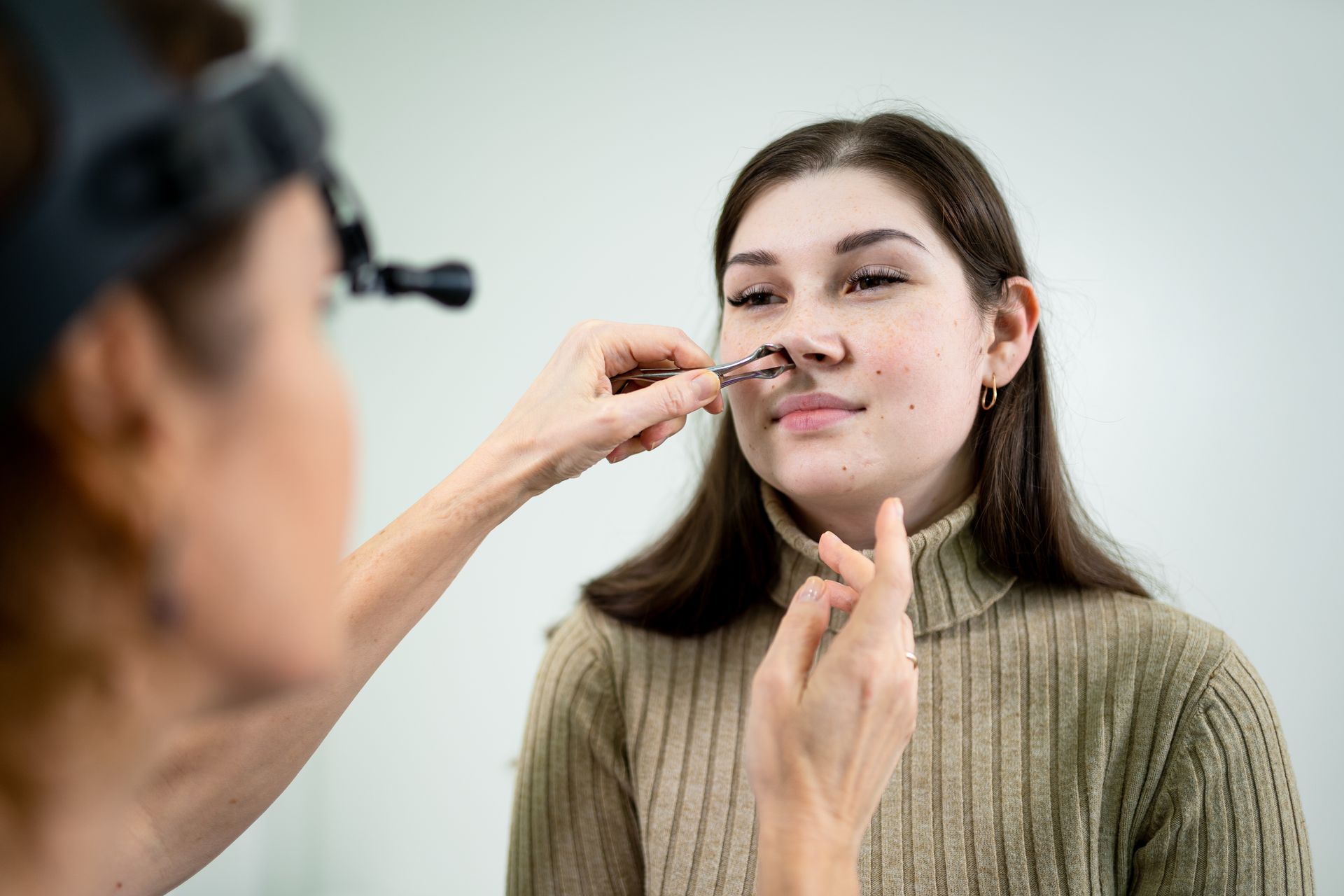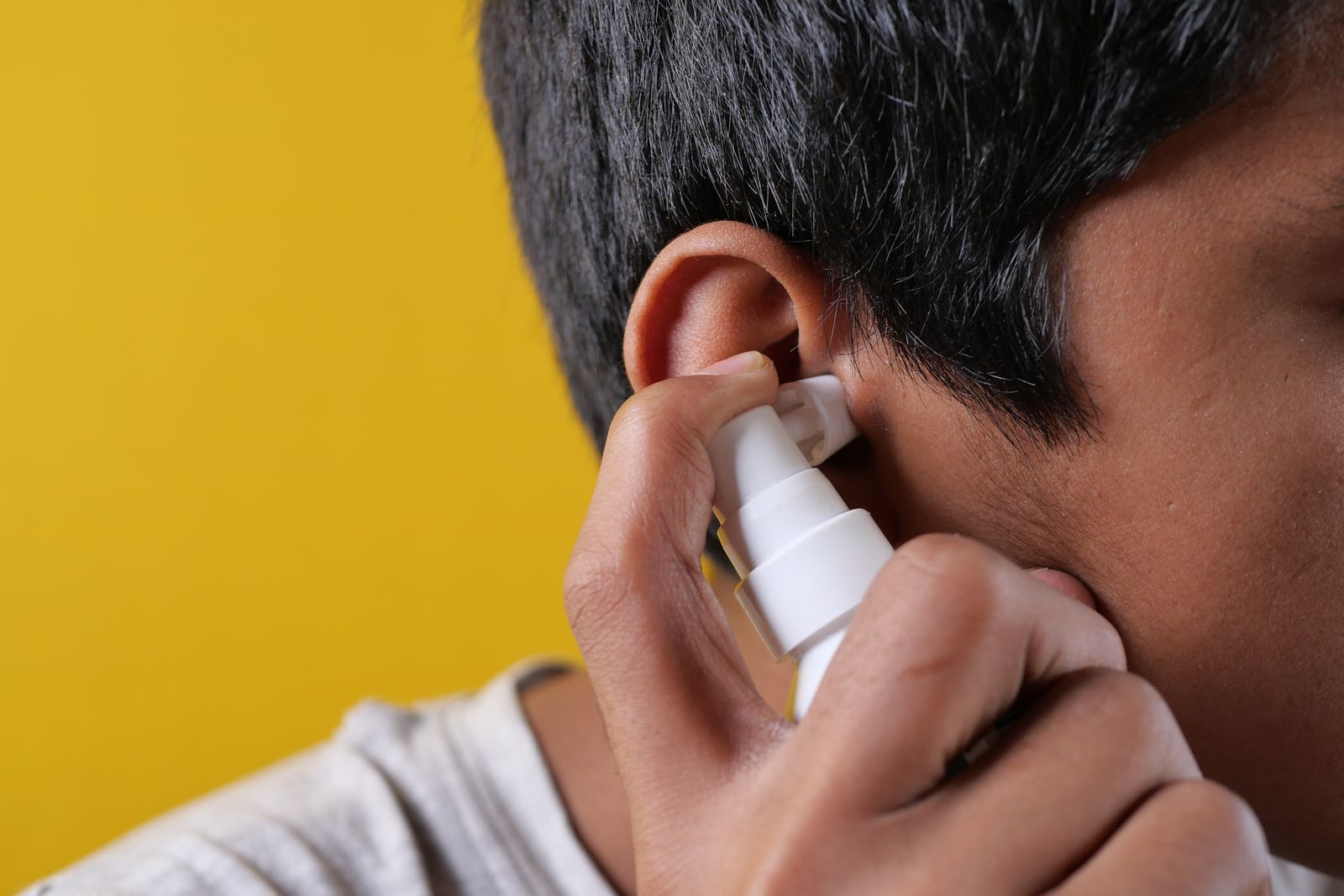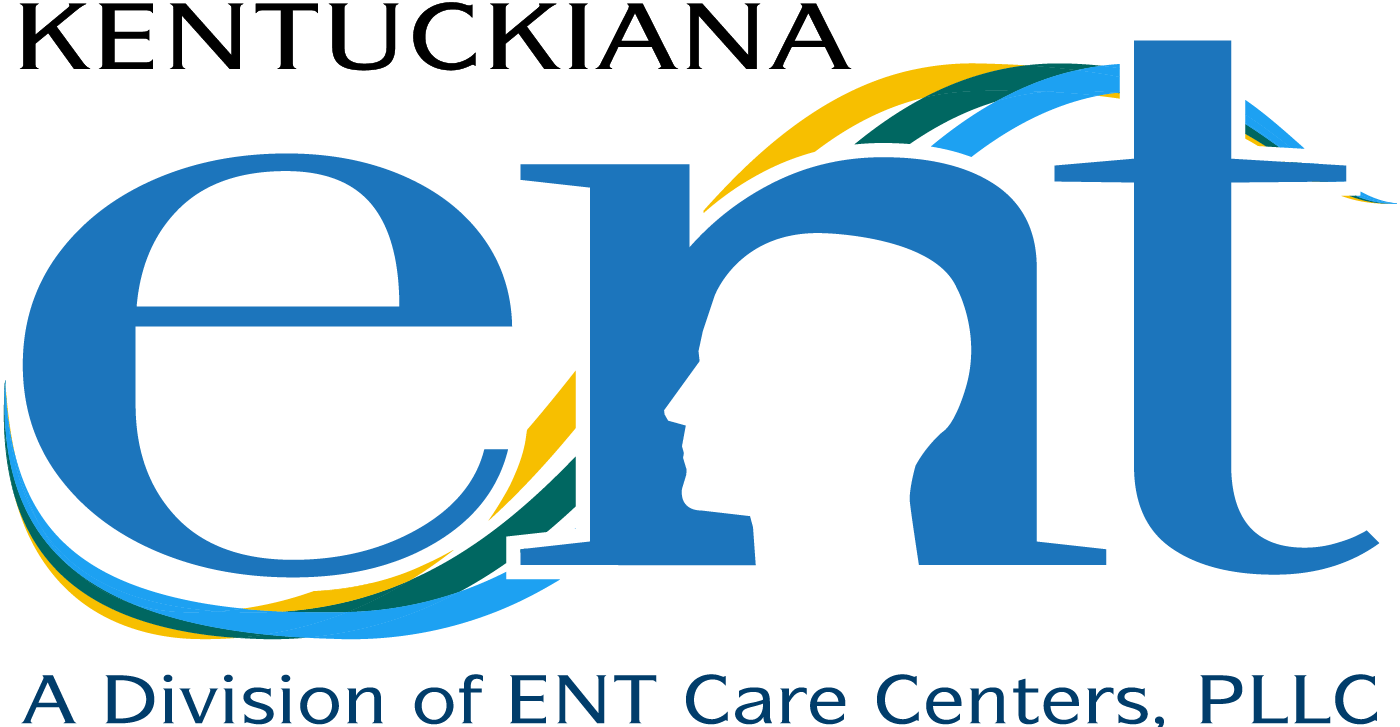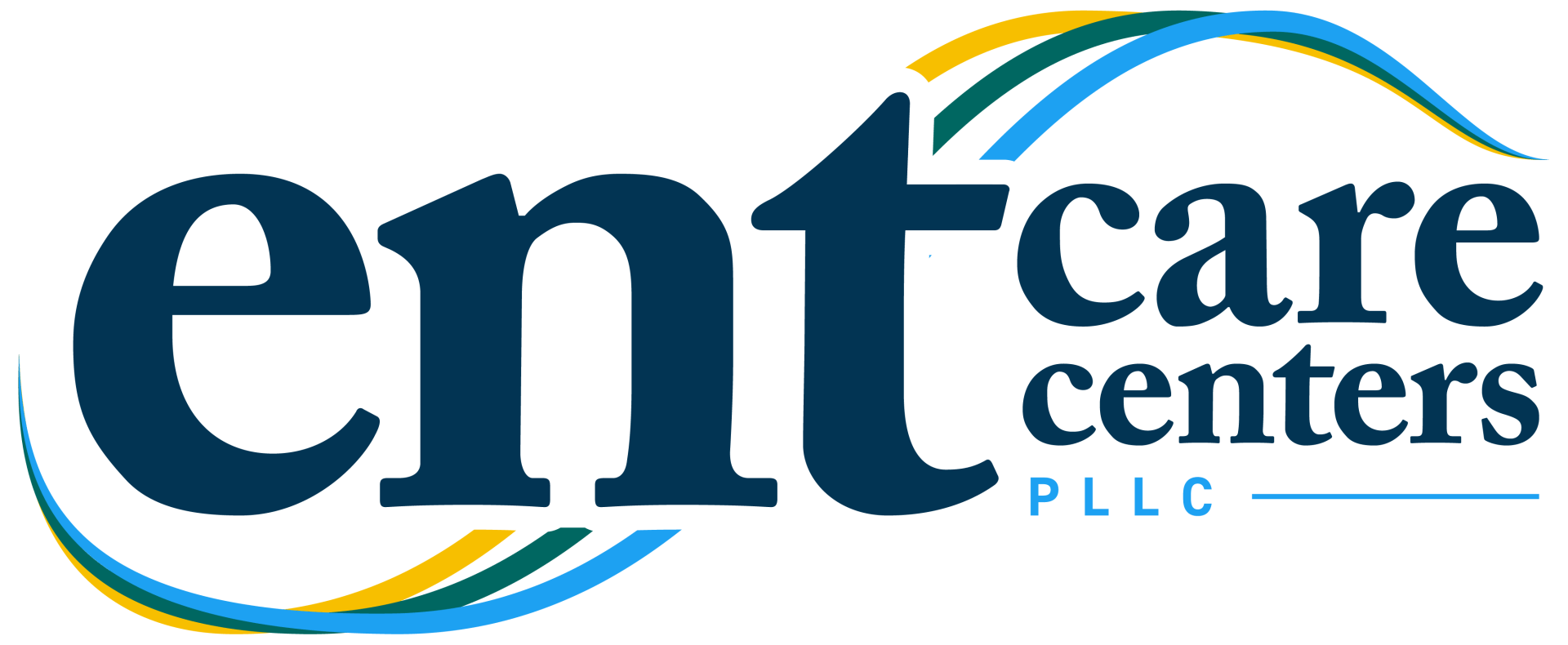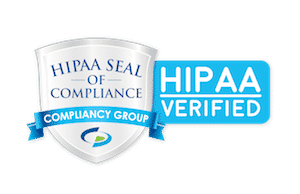What is a Cholesteatoma in the Ear?
Are you concerned about a strange growth in your ear? Are you looking for more information on cholesteatoma, and how it affects the ears? If so, then this blog post is for you! We’ll explore what a cholesteatoma is, what causes it, and what treatments are available.
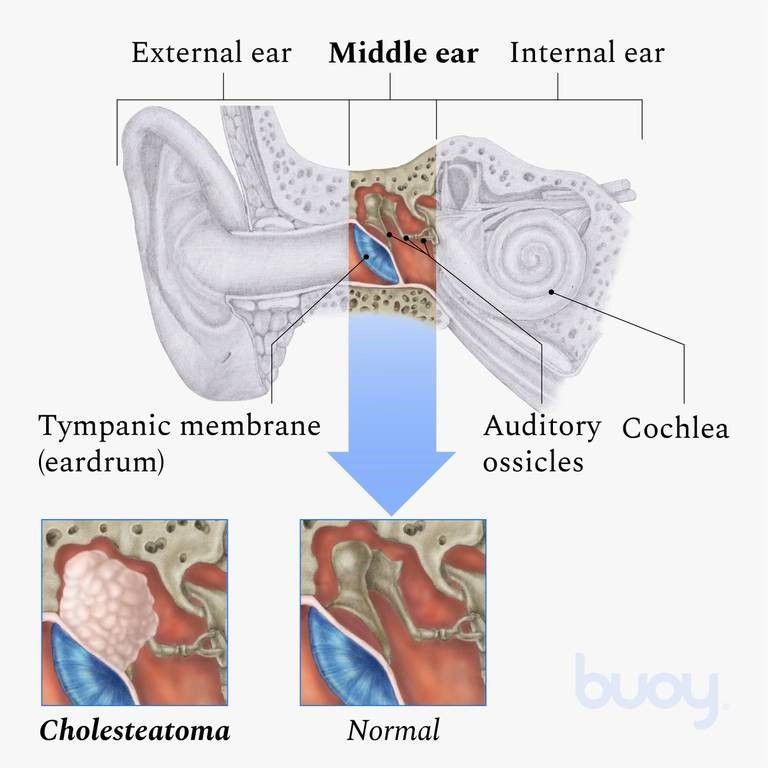
What is a Cholesteatoma?
A cholesteatoma is an abnormal collection of skin cells deep inside your ear. It can be a birth defect or occur as a result of an ear infection. It begins as a build-up of ear wax and skin, which causes either a lump on the eardrum or an eardrum retraction pocket. The eustachian tube helps equalize pressure. Cholesteatoma is a noncancerous skin growth in the middle section of your ear, behind the eardrum. It can erode delicate structures inside the ear, which are essential for hearing and balance. If left untreated, it can become worse and cause further damage. It's important to seek medical attention if you experience any of the signs and symptoms of cholesteatoma.
Causes of Cholesteatoma
Cholesteatoma can be caused by a birth defect or by chronic ear infections. In some cases, it is caused by a tube-like structure in the ear called the Eustachian tube which helps to equalize pressure in the ear. This tube can become blocked or malfunction, which can lead to the accumulation of ear wax and skin in the middle ear. This can form a lump on the eardrum or an eardrum retraction pocket, which can eventually develop into a cholesteatoma.
Signs and Symptoms of Cholesteatoma
Are you concerned about a bump behind your ear? It could be a cholesteatoma. A cholesteatoma is an abnormal collection of skin cells deep inside your ear. While it is rare, if left untreated, it can damage the delicate structures inside your ear that are essential for hearing and balance. It is important to be aware of the signs and symptoms of cholesteatoma so you can seek medical attention if necessary.
The most common symptom of cholesteatoma is a lump or bulge behind the ear. You may also experience ear pain, drainage or discharge from the ear, a feeling of fullness in the ear, muffled hearing, and dizziness or balance problems. It is also possible to have no external symptoms at all. Diagnosing cholesteatoma requires a physical examination, imaging tests, and a hearing test. If you experience any of these symptoms, make sure to visit your doctor.
Early diagnosis and treatment are the key to preventing problems associated with cholesteatoma. If you are concerned about any of the signs or symptoms of cholesteatoma, contact Kentuckiana ENT for a consultation. Our experienced team of ear, nose, and throat specialists can help you get the care you need.
Diagnosing Cholesteatoma
If you suspect you may have a cholesteatoma, it's important to visit your doctor as soon as possible. Your doctor will examine your ear and look for any signs of a cholesteatoma, such as a lump on the eardrum or an eardrum retraction pocket. They may also order a CT scan to get a better look at the inside of your ear. In some cases, they may also use an endoscope to get a closer look inside your ear. With these imaging tests, your doctor can determine whether you have a cholesteatoma and decide on the best treatment options for you.
Treatment Options for Cholesteatoma
Cholesteatoma can be treated with antibiotics, surgery, or a combination of both. Antibiotics can help to reduce inflammation, relieve pain, and treat infection. Surgical removal of the cholesteatoma is also an option. Surgery can help to restore hearing, reduce the risk of complications, and improve quality of life. In some cases, surgery may be required to prevent further damage to the ear. Your doctor will discuss the best treatment option for your particular situation.
Complications of Cholesteatoma
Cholesteatoma is a serious condition that can have a number of complications if left untreated. If the cyst is not removed, it can cause
hearing loss, facial nerve damage, and even meningitis. It can also cause bone erosion in the middle ear, leading to facial paralysis, dizziness, and other neurological problems. If cholesteatoma is not treated, it can also spread to other parts of the head and neck. It is important to seek medical attention for cholesteatoma early on to minimize the risk of serious complications.
Preventing Cholesteatoma
Cholesteatoma can be prevented through careful monitoring of the ears, especially in children. Regular cleaning of the ears using a gentle cotton bud is important. Avoid using objects such as bobby pins, paper clips, or pencils to clean the ears. Additionally, if you experience any ear pain or drainage, contact your doctor immediately as this could be a sign of an infection. Additionally, it is important to practice good overall health habits to prevent any infections. Vaccines for illnesses such as measles, mumps and influenza can help protect against infections that could cause cholesteatoma. Last, if a person has a history of ear infections, wearing earplugs or a swim cap when swimming can reduce the risk of cholesteatoma.
At
Kentuckiana ENT, our experienced ear, nose and throat specialists can help diagnose and treat cholesteatoma. If you think you may have cholesteatoma, contact us for an appointment today.
Cholesteatoma in Children
Cholesteatoma can occur in children and is usually a result of chronic ear infections. It can be a birth defect, or it can develop from a build-up of ear wax and skin that causes either a lump on the eardrum or an eardrum retraction pocket. It’s important to diagnose cholesteatoma in children as soon as possible, as it can cause serious complications if left untreated. Symptoms of cholesteatoma in children are similar to those in adults, such as
hearing loss, ear pain, and dizziness. Treatment may involve antibiotics, ear drops, or surgery, depending on the severity of the condition. Early diagnosis and treatment can help prevent hearing loss or other complications.
Cholesteatoma Surgery at Kentuckiana ENT
Are you suffering from a cholesteatoma in your ear? If you’ve been diagnosed with a cholesteatoma, you may be wondering what your treatment options are. At Kentuckiana ENT, we provide the latest treatments for cholesteatoma, including surgery. Our fellowship-trained neurotologist, Dr. Mark Severtson, MD, is an ear specialist with extensive experience in the diagnosis and treatment of cholesteatoma. We’ll work with you to develop an individualized treatment plan that’s tailored to your unique situation.
When it comes to cholesteatoma surgery, there are two main options: endoscopic and open cholesteatoma surgery. During endoscopic cholesteatoma surgery, our surgeons use an endoscope (a thin camera) to look inside the ear and remove the cholesteatoma. This type of surgery is minimally invasive and can be used to treat small cholesteatomas. During open cholesteatoma surgery, our surgeons make a small incision in the ear and use special instruments to remove the cholesteatoma. This type of surgery is usually used to treat large cholesteatomas.
At Kentuckiana ENT, we take a team-based approach to cholesteatoma surgery. Our board-certified ear, nose, and throat specialists use the latest surgical techniques and technology to ensure the best possible outcome. We also offer pre-and post-operative support to help you through your treatment process.
If you’ve been diagnosed with a cholesteatoma and are looking for an experienced team to provide you with the latest treatments, contact Kentuckiana ENT today.
